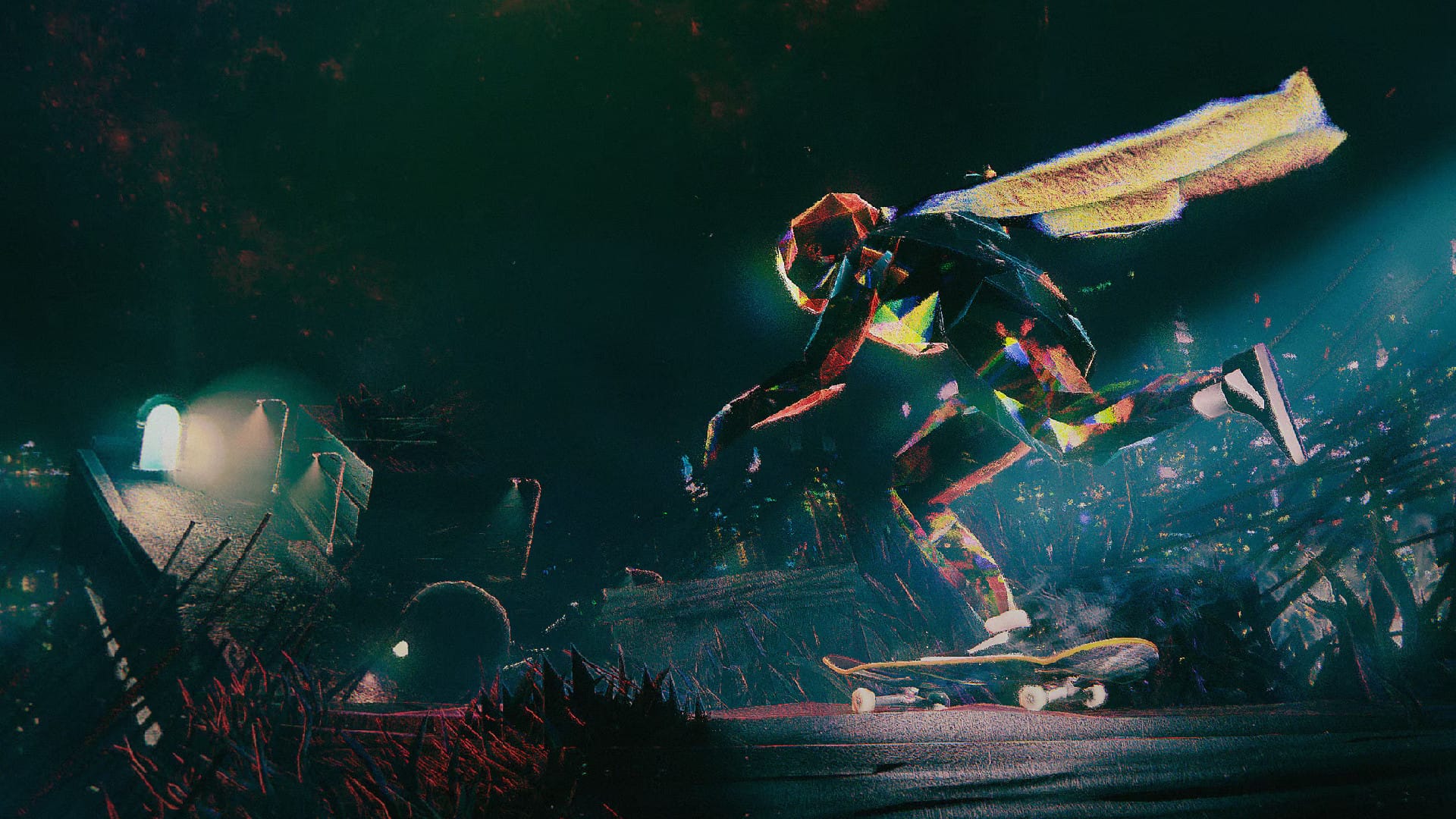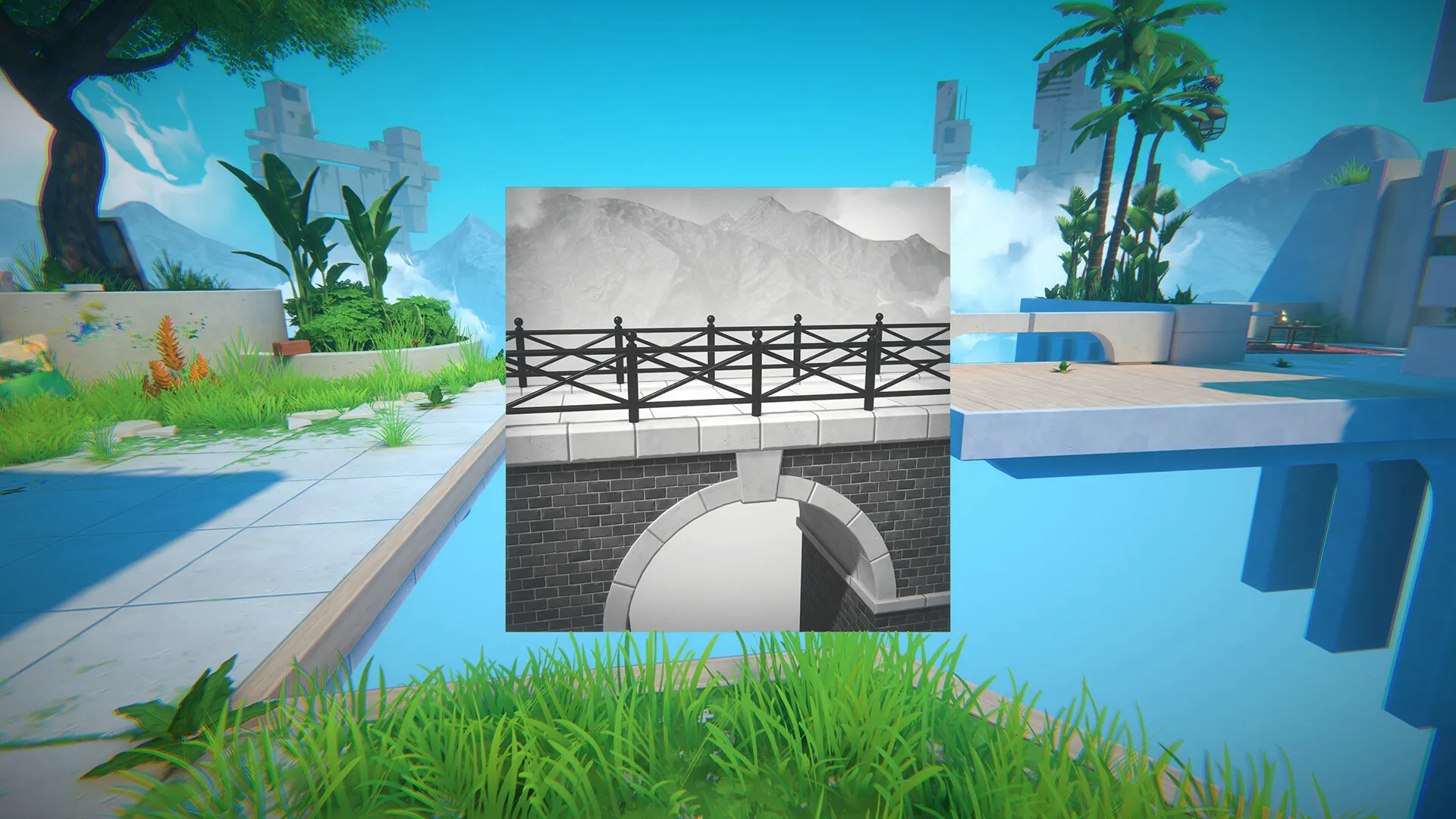Elden: Path of the Forgotten is the latest retro looking game to come out that’s got a touch of Dark Souls to it. As trite as that description could come off sounding, there’s more to this game than merely a rethread through From Software’s games’ successful formula.
Coming in from a very small team called Onerat, Elden: Path of the Forgotten is an isometric slow paced hack ‘n slash game with a generous dose of the progression you’d see in a Soulsborne game, that is, you move from checkpoint to checkpoint — which in this game are seals on the ground in place of bonfires — and whenever you die, all the enemies you defeated come back to life.
While it would be easy to leave that description as is and go on about business, I feel that there’s a little more to Eden than merely that. The fact that it’s made by practically a one-man dev team and that for itself is already quite impressive, considering the overall quality of the chunk of the game that I played, there’s much to be said about the pacing of the game, which can sometimes feel very slow, but is tactical in a way that few of others manage to be.

You start off with only a sword and are quickly given two other weapon options, a spear and an axe, and these three offer up a somewhat varied suite of attack options, also coupled with magic you also run into early on. Given that the game is governed by the same stamina management you’d see in its inspirations, whichever one you end up choosing has a different effect on how quick and strong your hits are, as well as how much they tire you out. The combat can also be a little slow due to that, so it’s worth taking your time and not rushing ahead when facing more than one foe at a time.
Encounters play out a bit differently here too since most of them close you off in an arena that doesn’t break off until you finish every single monster on screen, but even then it’s quite possible to pick off fights if you don’t come running in, as I found out after failing the same fight repeatedly. It feels good conquering these encounters by taking your time for sure, and much like Dark Souls, there’s a rush every time a new rest spot is found.
While I wouldn’t call this game as deep as any of From Software’s works, I found playing it to be really challenging and somewhat rewarding. There’s a definite sense of accomplishment that comes with making progress in this sort of game that’s in Elden for sure, as well as the annoyances that can pop up if you attempt to break its flow. Taking your time is by far the best approach you can take, and at the same time the safest.

Elden’s presentation makes it look like an old early 1990s CD-ROM PC game, but there’s more to it than that once you take the time to play it, with leaves moving with the wind and plenty of extra detail here and there that would not be in an actual title from that period. The only nag I have with this look is how elements in the environment tend to blend together when it comes to obstructions, making it sometimes hard to tell where the player character can move and whatnot. There’s also a screen shake when he takes damage that’s a little intense, but not enough to take away from the fun of the game, but I could do with less of it.
I’m coming off this game pretty impressed. Overall, there’s not a whole lot of innovation in it, but everything it does works really well. For what it has going, though, there’s fun times to be had fighting your way through Elden: Path of the Forgotten.
Elden: Path of the Forgotten will be available on PC via Steam and on Nintendo Switch July 10th.




